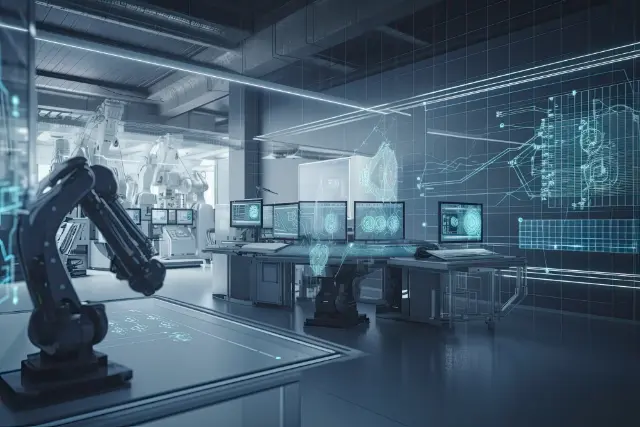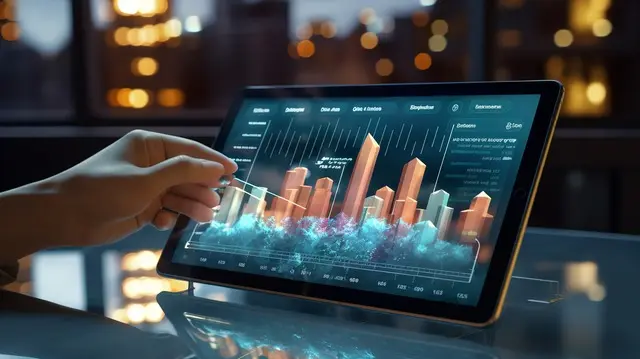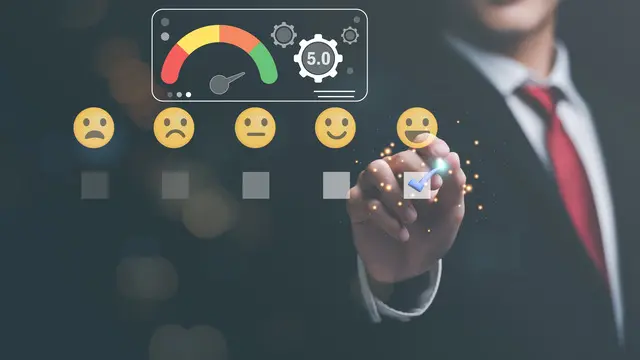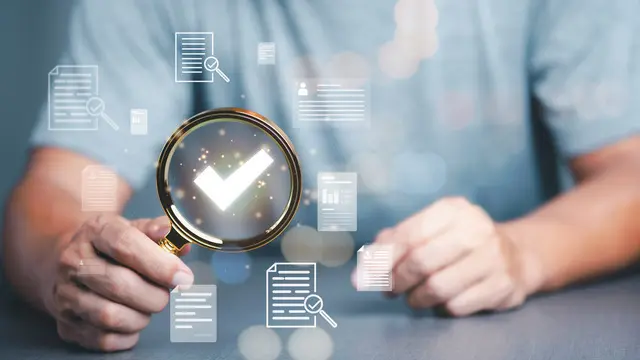Price Monitoring and Optimization Automation: A Game-Changer for the Retail Industry
The retail landscape is constantly evolving, and businesses need to adapt to stay ahead. Price monitoring and optimization automation is one area where retailers can gain a significant competitive advantage.
Challenges of Price Monitoring and Optimization
Traditionally, price monitoring and optimization was a manual and time-consuming process. Retailers had to manually collect data on competitors’ prices and market trends, which was often inaccurate and incomplete. This made it difficult to make informed pricing decisions.
Benefits of Price Monitoring and Optimization Automation
Automation can streamline the price monitoring and optimization process, making it more efficient and accurate. By using Python, AI, and cloud-based solutions, retailers can:
- Gather data from multiple sources: Automation can collect data from a variety of sources, including competitor websites, industry databases, and social media. This data can then be used to create a comprehensive view of the market.
- Analyze data in real-time: AI can be used to analyze data in real-time, identifying pricing trends and opportunities. This allows retailers to make quick and informed pricing decisions.
- Automate price adjustments: Automation can be used to automatically adjust prices based on predefined rules. This ensures that retailers are always offering competitive prices.
Conclusion
Price monitoring and optimization automation is a powerful tool that can help retailers gain a competitive advantage. By using Python, AI, and cloud-based solutions, retailers can streamline the process, improve accuracy, and make better pricing decisions.

Python, AI, and the Cloud: Powering Price Monitoring and Optimization Automation
Python for Unattended and Attended Bots
Python is a powerful and versatile programming language that is well-suited for developing both unattended and attended bots for price monitoring and optimization automation.
- Unattended bots can run autonomously, without human intervention. They are ideal for tasks that need to be performed on a regular basis, such as collecting data from competitor websites or adjusting prices based on predefined rules.
- Attended bots require human interaction to complete tasks. They are ideal for tasks that require human judgment or decision-making, such as identifying pricing trends or analyzing market data.
Python’s flexibility and ease of use make it a great choice for developing both types of bots.
Benefits of Cloud Platforms for Automation
Cloud platforms offer a number of benefits for price monitoring and optimization automation, including:
- Scalability: Cloud platforms can easily scale to meet the demands of any size business.
- Reliability: Cloud platforms are highly reliable, with built-in redundancy and disaster recovery features.
- Security: Cloud platforms provide robust security features to protect data and applications.
- Cost-effectiveness: Cloud platforms offer a pay-as-you-go pricing model, which can help businesses save money.
AI for Improved Accuracy and Handling Edge Cases
AI can be used to improve the accuracy and efficiency of price monitoring and optimization automation. For example, AI can be used to:
- Recognize images: AI can be used to recognize images of products, which can be helpful for collecting data from competitor websites.
- Process natural language: AI can be used to process natural language, which can be helpful for analyzing market data and identifying pricing trends.
- Generate creative content: AI can be used to generate creative content, such as product descriptions or marketing copy.
By using AI, businesses can automate tasks that would otherwise be difficult or impossible to automate. This can lead to significant improvements in efficiency and accuracy.
Conclusion
Python, AI, and the cloud are powerful tools that can be used to automate price monitoring and optimization. By using these technologies, businesses can improve efficiency, accuracy, and decision-making.

Building the Price Monitoring and Optimization Automation
The price monitoring and optimization automation process can be broken down into the following steps:
- Data collection: Collect data on competitors’ prices and market trends. This data can be collected from a variety of sources, such as competitor websites, industry databases, and social media.
- Data analysis: Analyze the data to identify pricing opportunities and threats. This can be done using a variety of techniques, such as statistical analysis, machine learning, and AI.
- Price adjustment: Adjust prices based on the analysis. This can be done manually or automatically.
Automating the Sub-Processes
Python and cloud platforms can be used to automate each of these sub-processes.
- Data collection: Python can be used to develop web scraping bots that can automatically collect data from competitor websites.
- Data analysis: Cloud platforms provide a variety of tools and services that can be used to analyze data. For example, Google Cloud Platform provides BigQuery, a powerful data analysis service.
- Price adjustment: Python can be used to develop bots that can automatically adjust prices based on predefined rules.
Data Security and Compliance
Data security and compliance are important considerations for any business. When building price monitoring and optimization automations, it is important to take steps to protect data and ensure compliance with all applicable laws and regulations.
Advantages of Python over No-Code RPA/Workflow Tools
Python offers a number of advantages over no-code RPA/workflow tools for building price monitoring and optimization automations. These advantages include:
- Flexibility: Python is a general-purpose programming language, which gives it the flexibility to handle a wide range of tasks.
- Scalability: Python is a scalable language, which means that it can be used to build automations that can handle large volumes of data.
- Cost-effectiveness: Python is a free and open-source language, which makes it a cost-effective option for building automations.
Algorythum’s Approach
Algorythum takes a different approach to BPA than most companies. We believe that off-the-shelf RPA tools are not always the best solution for our clients. Instead, we take a custom approach, using Python and cloud platforms to build automations that are tailored to the specific needs of our clients.
This approach has a number of advantages, including:
- Improved performance: Python and cloud platforms offer superior performance to off-the-shelf RPA tools.
- Greater flexibility: Python and cloud platforms give us the flexibility to build automations that can handle a wide range of tasks.
- Lower cost: Python and cloud platforms are more cost-effective than off-the-shelf RPA tools.
As a result of our custom approach, we have been able to help our clients achieve significant improvements in efficiency, accuracy, and decision-making.

The Future of Price Monitoring and Optimization Automation
The future of price monitoring and optimization automation is bright. As technology continues to develop, we can expect to see even more powerful and sophisticated automations.
One area of future development is the use of AI. AI can be used to improve the accuracy and efficiency of automations. For example, AI can be used to:
- Identify pricing trends: AI can be used to analyze data to identify pricing trends. This information can then be used to make more informed pricing decisions.
- Predict future prices: AI can be used to predict future prices. This information can be used to make more strategic pricing decisions.
- Automate complex tasks: AI can be used to automate complex tasks, such as negotiating with suppliers or managing inventory.
Another area of future development is the use of blockchain technology. Blockchain technology can be used to create a secure and transparent record of pricing data. This information can be used to improve the accuracy and efficiency of automations.
Subscribe to Us
To stay up-to-date on the latest developments in price monitoring and optimization automation, subscribe to our blog. We publish regular articles on the latest trends and technologies.
Contact Us
If you are interested in learning more about price monitoring and optimization automation, contact us today. We offer a free feasibility and cost-estimate for custom requirements.
We look forward to hearing from you!

Algorythum – Your Partner in Automations and Beyond
At Algorythum, we specialize in crafting custom RPA solutions with Python, specifically tailored to your industry. We break free from the limitations of off-the-shelf tools, offering:
- A team of Automation & DevSecOps Experts: Deeply experienced in building scalable and efficient automation solutions for various businesses in all industries.
- Reduced Automation Maintenance Costs: Our code is clear, maintainable, and minimizes future upkeep expenses (up to 90% reduction compared to platforms).
- Future-Proof Solutions: You own the code, ensuring flexibility and adaptability as your processes and regulations evolve.









